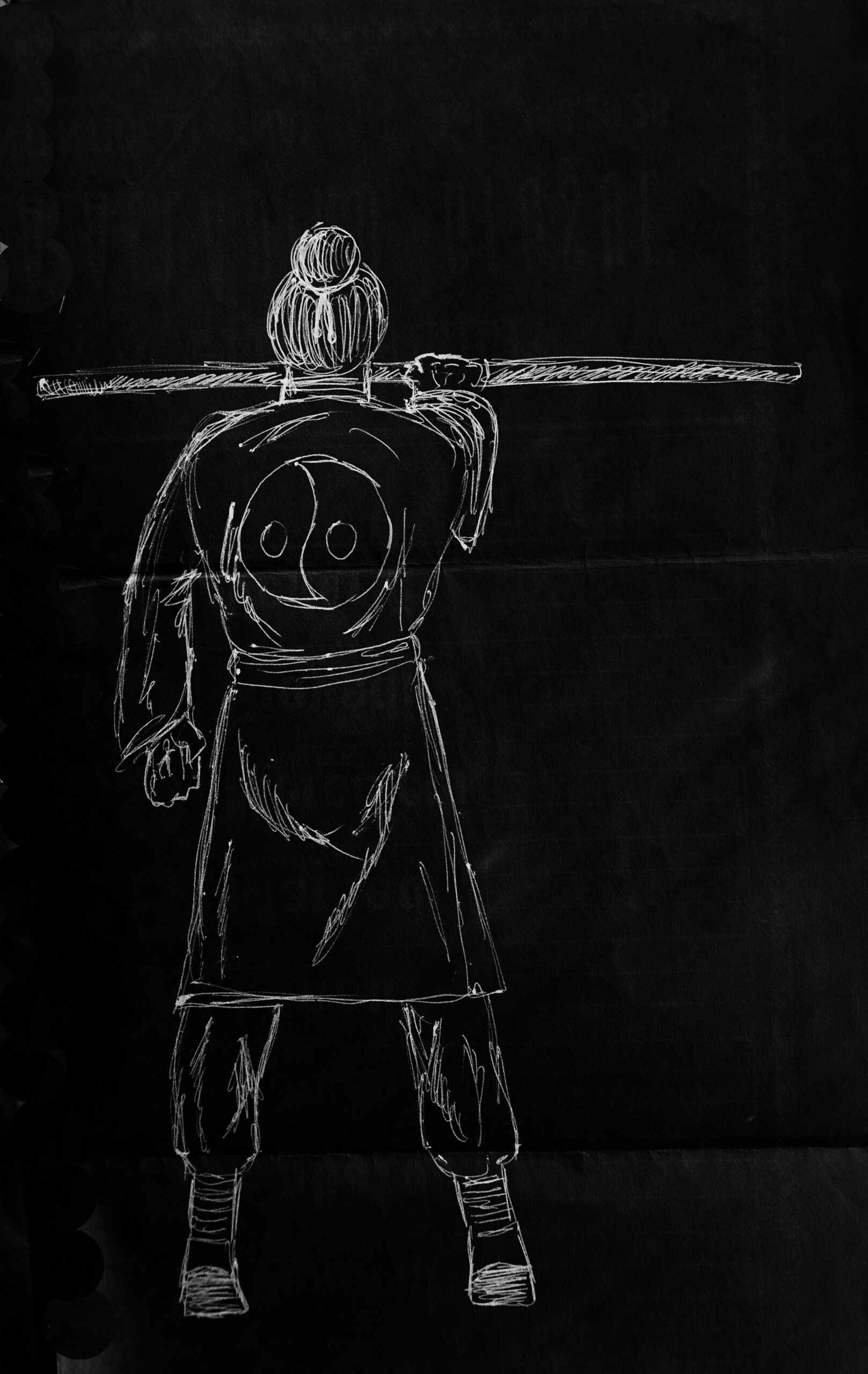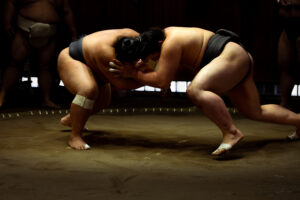In the vast and dynamic world of martial arts, Aikido emerges as a distinctive path that intertwines physical discipline with a profound philosophical outlook. This Japanese martial art, known for its emphasis on harmony and peace, has a rich history that spans over a century. Its journey from the land of the samurai to global recognition is not just a tale of physical prowess, but also of spiritual enlightenment and cultural exchange. Through an exploration of its origins, philosophy, and practice, we delve into the essence of Aikido, offering insights into its lasting impact on its practitioners and the broader martial arts community.
Unveiling Aikido: A Martial Art’s Origins
Aikido, a term translating to "the way of harmony with the spirit," was born in Japan in the early 20th century. Its roots can be traced back to the martial traditions of the samurai, blending elements from various jujutsu styles and the swordsmanship of the warrior class. The founder of Aikido, Morihei Ueshiba, sought to create a martial art that went beyond mere physical techniques, incorporating spiritual and philosophical dimensions. His vision was of a discipline that could be a means of personal transformation and a path to peace, rather than merely a way to defeat an opponent.
The Evolution of Aikido Through the Ages
From its inception, Aikido has undergone significant evolution, adapting and growing in response to changing times and the needs of its practitioners. The early years of Aikido were marked by Ueshiba’s relentless pursuit of spiritual growth, which led to the continuous refinement of techniques and teachings. After World War II, Aikido’s message of peace and reconciliation resonated deeply, aiding in its spread beyond Japan’s borders. The latter half of the 20th century saw Aikido’s establishment worldwide, with dojos emerging in countries across the globe, each contributing to the art’s ongoing development.
Ueshiba Morihei: The Great Founder of Aikido
Morihei Ueshiba, often referred to as O-Sensei or "Great Teacher," remains a towering figure in the world of Aikido. Born in 1883, his early life was dedicated to mastering martial arts and exploring spiritual teachings, notably the Omoto-kyo religion, which heavily influenced Aikido’s philosophical underpinnings. Ueshiba’s mastery of martial arts and his spiritual quest culminated in the creation of Aikido, a martial art that embodies his vision of a world united in peace. His legacy is carried on through his writings, teachings, and the many students who continue to practice and spread Aikido around the world.
Aikido’s Global Journey: From Japan to the World
Aikido’s journey from a relatively obscure Japanese martial art to a global phenomenon is a testament to its universal appeal. The post-war era, in particular, saw Aikido masters, including Ueshiba’s direct students, travel abroad to teach and establish dojos. This expansion was not just geographical but also cultural, as Aikido adapted to different societies while retaining its core principles. Today, Aikido is practiced by people of all ages and backgrounds, with a network of international organizations fostering exchange and cooperation among practitioners worldwide.
The Philosophy of Aikido: Harmony and Peace
At the heart of Aikido lies a deep philosophical commitment to harmony and peace. Unlike martial arts that focus on overpowering an opponent, Aikido emphasizes blending with and redirecting the force of an attack. This principle of non-resistance and reconciliation is reflective of Ueshiba’s belief in the potential for human beings to live in harmony with each other and their environment. Aikido practice encourages self-reflection, respect for others, and a commitment to peaceful resolution of conflict, offering a way of life that extends beyond the dojo.
The Techniques of Aikido: A Blend of Arts
Aikido techniques are characterized by fluid motion and dynamic spirals, reflecting the art’s emphasis on harmony and efficiency of movement. Practitioners, known as aikidoka, train to defend against various attacks, using throws, joint locks, and pins. Training also includes the use of traditional weapons, such as the wooden staff (jo) and sword (bokken), which help in understanding Aikido’s movements and principles. The blending of different martial arts elements, combined with a unique philosophical outlook, makes Aikido a distinct and compelling discipline for those seeking a holistic approach to martial arts.
Aikido Dojos: Sanctuaries of Learning
Aikido dojos serve as more than just training halls; they are places of learning, community, and personal growth. Each dojo, while unique in its atmosphere and approach, upholds the principles of respect, discipline, and mutual support. The sensei, or instructor, plays a crucial role in guiding students not only in physical techniques but also in the application of Aikido’s philosophy in daily life. Training often extends beyond the mat, with workshops, seminars, and retreats that deepen practitioners’ understanding of Aikido’s broader implications.
The Spiritual Dimension of Aikido Practice
The practice of Aikido is imbued with a spiritual dimension that distinguishes it from purely physical disciplines. This spirituality is not tied to any specific religion but is rather a pursuit of personal growth and understanding. Through training, aikidoka engage in a process of self-refinement, learning to confront their fears, limitations, and ego. The ultimate aim is the realization of "masakatsu agatsu," a victory over oneself, which Ueshiba described as the true essence of martial arts. This inner journey contributes to the development of character and a sense of peace that can be carried into all aspects of life.
Aikido in Popular Culture: Films and Books
Aikido has made its mark on popular culture, featuring in films and literature that capture its essence and appeal. Notable examples include the works of actor and martial artist Steven Seagal, who is credited with bringing Aikido to a wider audience through his action films. Additionally, numerous books on Aikido, ranging from instructional guides to philosophical reflections, have contributed to its understanding and appreciation. These cultural representations have played a significant role in piquing interest in Aikido and attracting new practitioners.
The Future of Aikido: Challenges and Prospects
As Aikido moves forward, it faces challenges and opportunities. The modern world, with its fast pace and digital distractions, presents obstacles to the deep, reflective practice Aikido demands. However, the growing interest in mindfulness, holistic health, and nonviolent conflict resolution aligns with Aikido’s philosophy, offering avenues for its relevance and expansion. The key will be in adapting to contemporary needs while preserving the core principles that make Aikido unique, ensuring its continued growth and impact.
Women in Aikido: Breaking the Mold
Women have played a significant role in Aikido’s history and continue to shape its future. From the early days, female practitioners have broken stereotypes, demonstrating that Aikido’s principles of harmony and efficiency do not rely on brute strength, making it accessible and empowering for everyone. Today, women not only practice Aikido at all levels but also lead dojos and contribute to the art’s development. Their participation highlights Aikido’s inclusivity and its potential to challenge and redefine traditional gender roles in martial arts.
Aikido: A Path to Self-Discovery and Growth
Aikido offers a unique path to those who embark on its practice, one that encompasses physical, mental, and spiritual dimensions. It is a journey of continuous learning, where each training session presents opportunities for self-discovery and personal growth. The challenges faced on the mat mirror those in life, providing valuable lessons in resilience, humility, and the pursuit of harmony. For many, Aikido becomes not just a martial art but a way of life, offering guidance and inspiration in navigating the complexities of the modern world.
Aikido’s journey from its origins in Japan to its global spread is a testament to its timeless appeal and universal values. As a martial art that emphasizes peace, harmony, and self-mastery, Aikido continues to inspire and transform those who practice it. Its rich history, profound philosophy, and dynamic techniques make it a fascinating discipline for both martial artists and those seeking a deeper understanding of themselves and their place in the world. As Aikido evolves, it remains a beacon of hope for a future where conflict is resolved not through force but through mutual respect and understanding.








